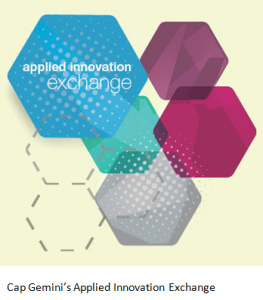 So in the past week or so we have seen the announcement that Capgemini has acquired Fahrenheit 212, at present for an undisclosed sum, now that one was a real surprise.
So in the past week or so we have seen the announcement that Capgemini has acquired Fahrenheit 212, at present for an undisclosed sum, now that one was a real surprise.
I have a friend when he is presented with something that stops him and makes him really have to think he would say “intriguing”. This joining forces is one of those ‘intriguing” moments for me.
Capgemini have been leading much within the transformation process around technology with all things digital, they have been pioneering and offering some significant advice around transitions. It seems they are ‘pulling’ in the innovation promise with this acquisition to add to their solution offerings.
I wrote about their Applied Innovation Exchange announcement recently and how I felt it was thin, a more “a tenuous toe in the water” and I finished the post with “I hear you Capgemini on the intent…but “there is a real need to put some ‘red meat’ on the bone here,” and that is what they seem to be doing in a “blink of an eye,” with this Fahrenheit 212 acquisition, or at least allow the tissues to be grafted on and take hold, so it can challenge where and how innovation transforms the business process.
David meets and marries a Goliath.
Continue reading “In the blink of an eye, it gets something bigger”








